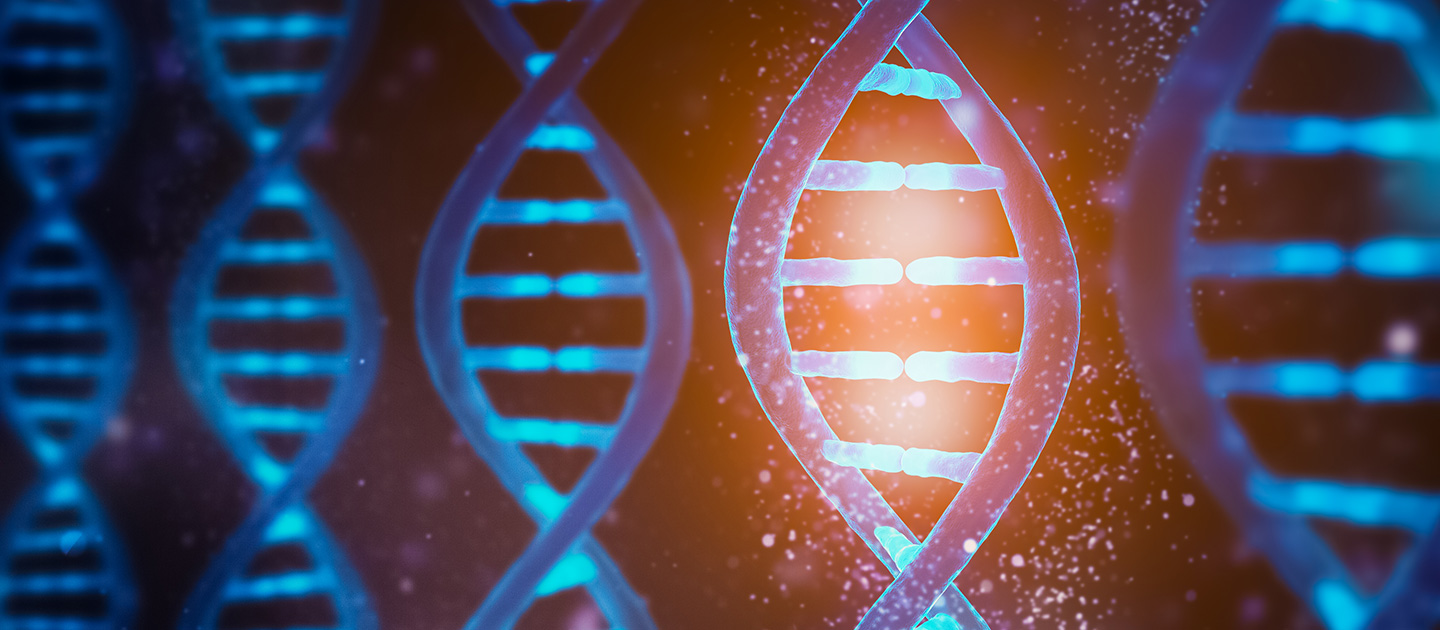Our DNA is Becoming the World’s Tiniest Hard Drive
Researchers propose promising faster method for recording data to DNA

Our genetic code is millions of times more efficient at storing data than existing solutions, which are costly and use immense amounts of energy and space. In fact, we could get rid of hard drives and store all the digital data on the planet within a couple hundred pounds of DNA.
Using DNA as a high-density data storage medium holds the potential to forge breakthroughs in biosensing and biorecording technology and next-generation digital storage, but researchers haven’t been able to overcome inefficiencies that would allow the technology to scale.
Now, researchers at Northwestern University propose a new method for recording information to DNA that takes minutes, rather than hours or days, to complete. The team used a novel enzymatic system to synthesize DNA that records rapidly changing environmental signals directly into DNA sequences, a method the paper’s senior author said could change the way scientists study and record neurons inside the brain.
The research, “Recording Temporal Signals with Minutes Resolution Using Enzymatic DNA Synthesis,” was published Sept. 30 in the Journal of the American Chemical Society. The paper’s senior author, Northwestern Engineering’s Keith E.J. Tyo, said his lab was interested in leveraging DNA’s natural abilities to create a new solution for storing data.

“Nature is good at copying DNA, but we really wanted to be able to write DNA from scratch,” Tyo said. “The ex vivo (outside the body) way to do this involves a slow, chemical synthesis. Our method is much cheaper to write information because the enzyme that synthesizes the DNA can be directly manipulated. State-of-the-art intracellular recordings are even slower because they require the mechanical steps of protein expression in response to signals, as opposed to our enzymes which are all expressed ahead of time and can continuously store information.”
Tyo, a professor in chemical and biological engineering in the McCormick School of Engineering, is a member of the Center for Synthetic Biology, and studies microbes and their mechanisms for sensing environmental changes and responding to them quickly.
Bypassing protein expression
Existing methods to record intracellular molecular and digital data to DNA rely on multipart processes that add new data to existing sequences of DNA. To produce an accurate recording, researchers must stimulate and repress expression of specific proteins, which can take over 10 hours to complete.
The Tyo lab hypothesized they could use a new method that they called Time-sensitive Untemplated Recording using Tdt for Local Environmental Signals, or TURTLES, to synthesize completely new DNA instead of copying a template of it, making a faster and higher resolution recording.
This is a really exciting proof of concept for methods that could one day lets us study the interactions between millions of cells simultaneously. Postdoctoral Researcher
As the DNA polymerase continues to add bases, data is recorded into the genetic code on a scale of minutes as changes in the environment impact the composition of the DNA it synthesizes. The environmental changes, such as changes in the concentration of metals, are recorded by the polymerase, acting as a “molecular ticker tape” and indicating to scientists the time of an environmental change. Using biosensors to record changes into DNA represents a major step in proving TURTLES’ viability for use inside cells, and could give researchers the ability to use recorded DNA to learn about how neurons communicate with each other.
“This is a really exciting proof of concept for methods that could one day lets us study the interactions between millions of cells simultaneously,” said Namita Bhan, co-first author and a postdoctoral researcher in the Tyo lab. “I don't think there's any previously reported direct enzyme modulation recording system.”
From brain cells to polluted water
With more potential for scalability and accuracy, TURTLES could offer the basis for tools that catapult brain research forward. According to Alec Callisto, also a co-first author and graduate student in the Tyo lab, researchers can only study a tiny fraction of a brain’s neurons with today’s technology, and even then, there are limits on what they know they do. By placing recorders inside all the cells in the brain, scientists could map responses to stimuli with single-cell resolution across many (million) neurons.
“If you look at how current technology scales over time, it could be decades before we can even record an entire cockroach brain simultaneously with existing technologies – let alone the tens of billions of neurons in human brains,” Callisto said. “So that’s something we’d really like to accelerate.”
We’re still building out the genomic infrastructure and cellular techniques we need for robust intracellular recording. This is a step along the way to getting to our long-term goal. Associate Professor of Chemical and
Biological Engineering
Outside the body, the TURTLES system also could be used for a variety of solutions to address the explosive growth in data storage needs (up to 175 zettabytes by 2025).
It’s particularly good for long term archival data applications such as storing closed-circuit security footage, which the team refers to as data that you “write once and read never,” but need to have accessible in the event an incident occurs. With technology developed by engineers, hard drives and disk drives that hold years of beloved camera memories also could be replaced by bits of DNA.
Outside of storage, the “ticker tape” function could be used as a biosensor to monitor environmental contaminants, like the heavy metal concentration in drinking water.
While the lab focuses on moving beyond a proof of concept in both digital and cellular recording, the team expressed hope that more engineers would take interest in the concept and be able to use it to record signals important to their research.
“We’re still building out the genomic infrastructure and cellular techniques we need for robust intracellular recording,” Tyo said. “This is a step along the way to getting to our long-term goal.”